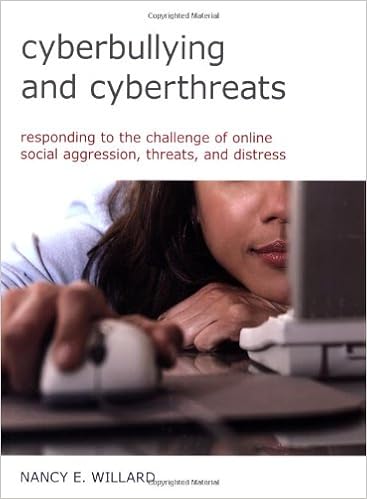 Every year, Project Tomorrow administers the annual SpeakUp survey of students, parents, teachers, and administrators. Every year, we hear from U.S. students that they are fascinated by technology, love learning, and want more. Results from the over 300,000 participants in the 2008 survey should be available soon.
Every year, Project Tomorrow administers the annual SpeakUp survey of students, parents, teachers, and administrators. Every year, we hear from U.S. students that they are fascinated by technology, love learning, and want more. Results from the over 300,000 participants in the 2008 survey should be available soon.
While we wait, let’s look at some interesting data from the science questions from 2007.
In the U.S., STEM (science, technology, engineering, and math) is a hot topic these days. Pundits bemoan the lack of basic science literacy, blame American students for apathy, and predict we will be crushed by global competition. But who ever asks students what they are interested in or how best they learn?
In looking at the report, Inspiring the Next Generation of Innovators: Students, Parents and Educators Speak Up about Science Education, you immediately see the glaring inconsistencies in how students learn, what fascinates and excites them, how teachers want to teach, and what’s actually happening in classrooms. What does it mean for the future when less than 40 percent of these students see learning science as important for making informed decisions in the future? How does that square with the same students reporting that they “…are open to learning science and pursuing STEM careers—intrigued by opportunities to participate in hands-on, group-oriented, “fun” experiences, as well as by opportunities to meet with professionals and use professional-level tools.”
It’s obvious that students are experiencing a disconnect. They are interested and intrigued by science — but not in school.
- Students report that their especially fun or interesting learning experiences using science and math have been hands-on and group-oriented.
- Students are interested in pursuing careers in STEM fields — when they know about them.
- When asked about the essential features of their imagined ultimate science classroom, the leading answer for students in grades K-2 and in grades 9-12 was “teachers excited about science”. Students in grades 3-5 were more interested in “fun experiments” (69 percent). Other highly essential features for students in grades 3-12 were “real tools” (standard lab and technology-based tools) and being able to do “real research,” including online research on computers.
Imagine that — students want teachers who are inspired and inspiring, who bring the classroom to life with real world tools and examples. These teachers are out there, students want and need them, but apparently are getting them too rarely.
This disconnect is reflected in the teacher responses as well.
- Just 25% of teachers say they’re using inquiry-based methods with their students; methods that both educators and researchers argue are essential for the development of scientific literacy.
- Only 16 percent of teachers reported they are assigning projects that help students develop problem-solving skills.
- Teachers report that 21st century tools and projects would help — but lack the time and funding to implement them, and feel constrained by mandated curriculum.
But the biggest disconnect is that most K-12 school administrators don’t see this problem. Here’s the percentage of each category that gave a passing grade to their school for preparing students for jobs of the future.
K-12 Administrators: 57%
Teachers: 47%
Parents: 47%
Students: 23%
This perception gap is a crucial indicator that we are not only failing our students in providing the relevant, inquiry-based, hands-on science education they hunger for, but that we are fooling ourselves about it. What’s worse?
Full report (PDF)
Sylvia

 I recently saw an email on the
I recently saw an email on the 
